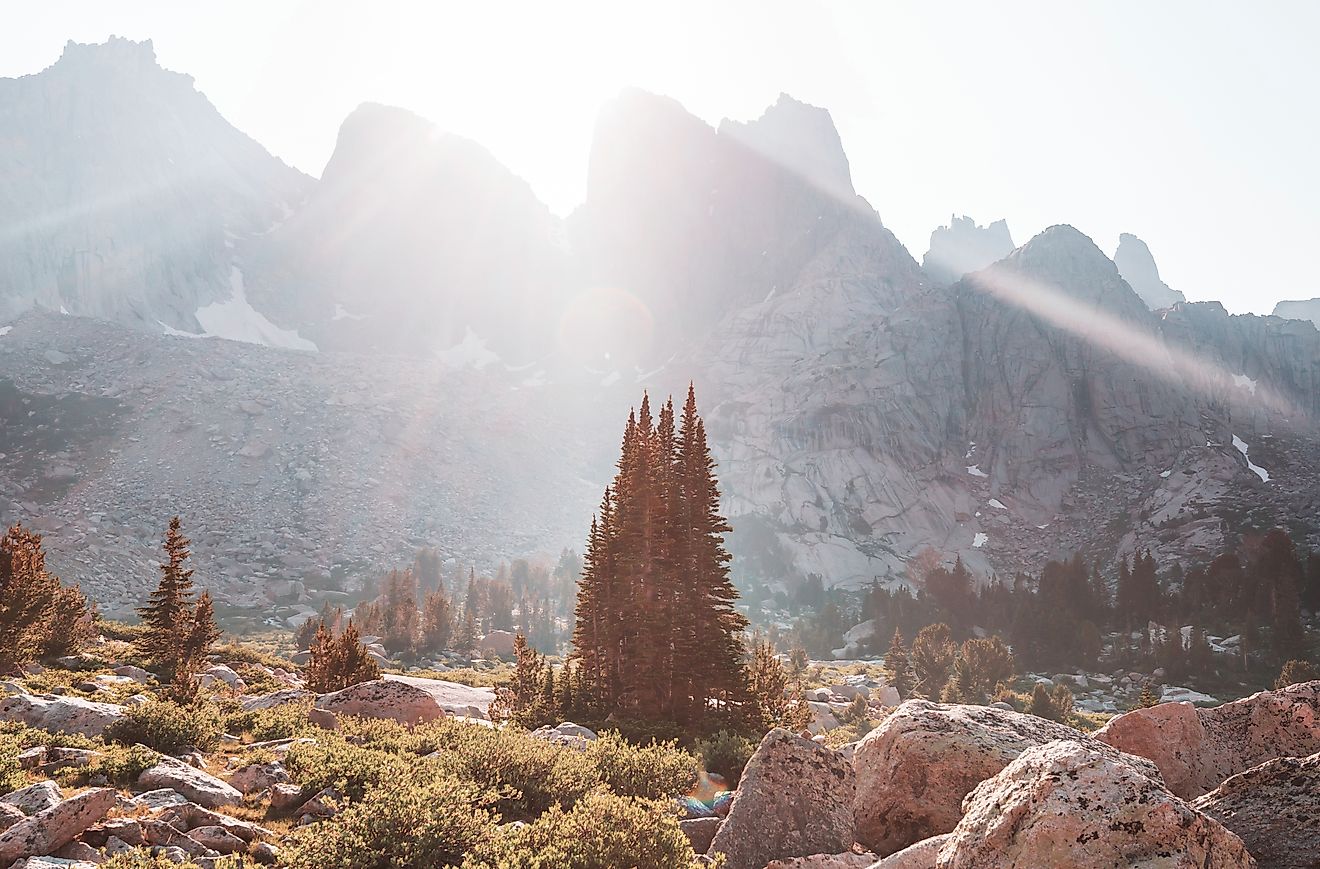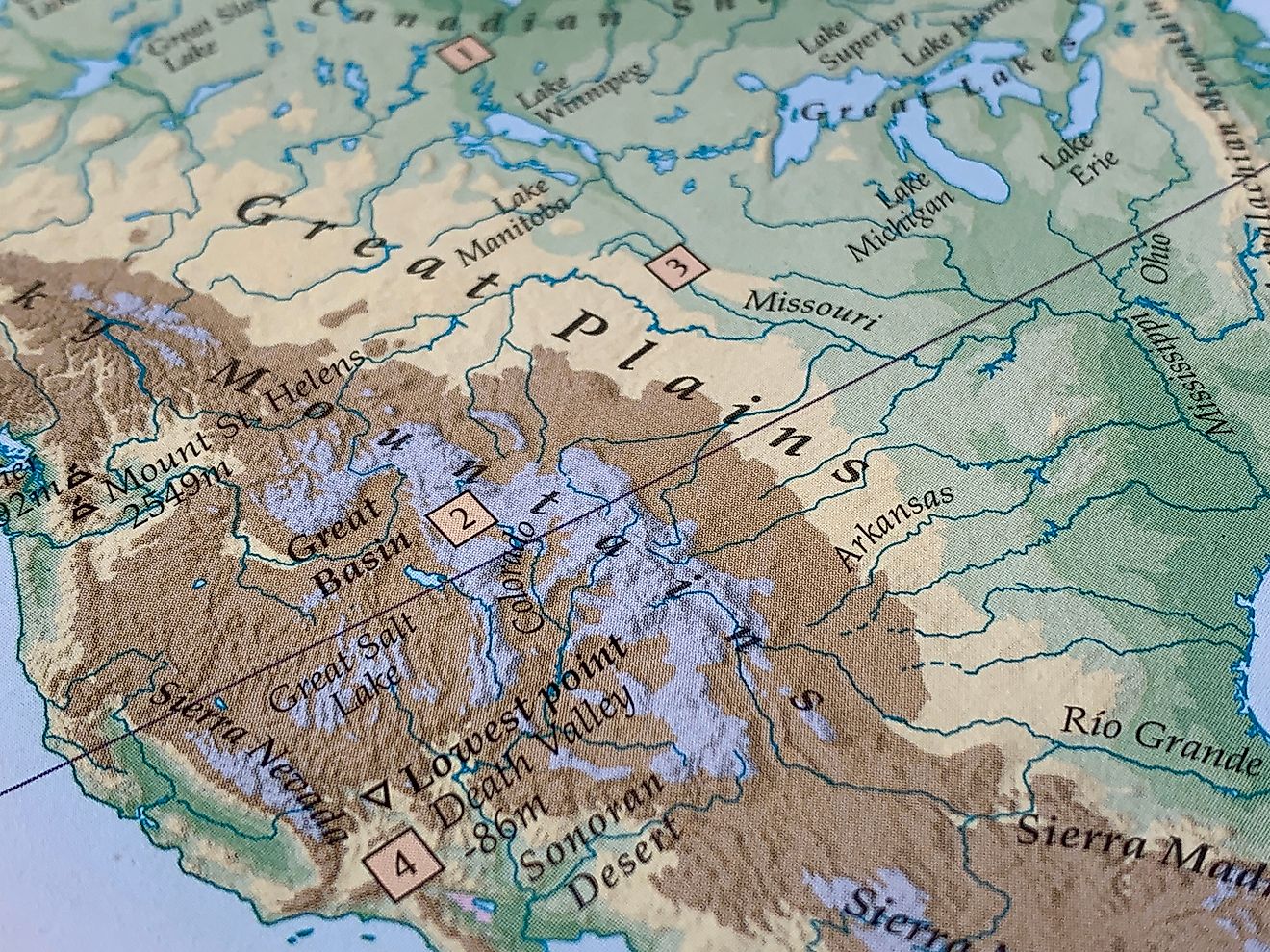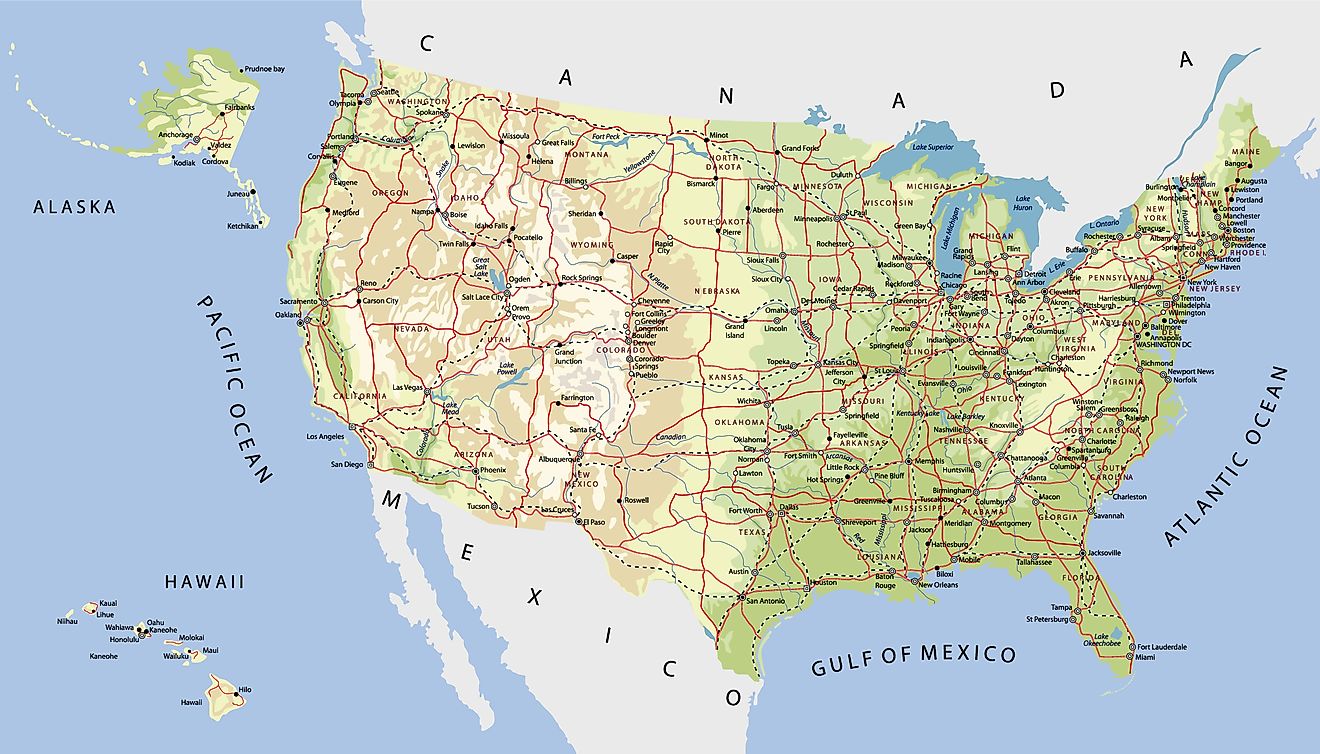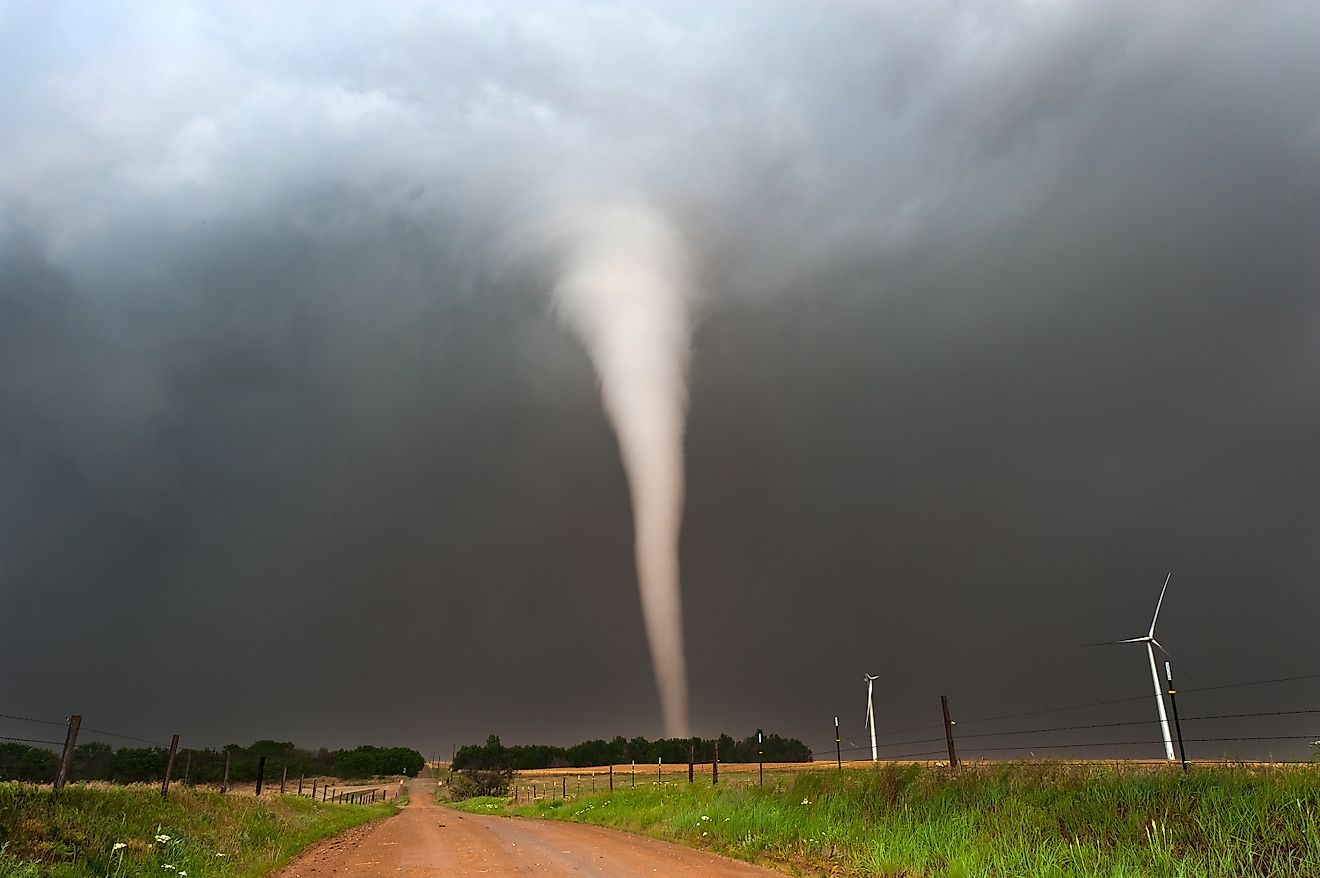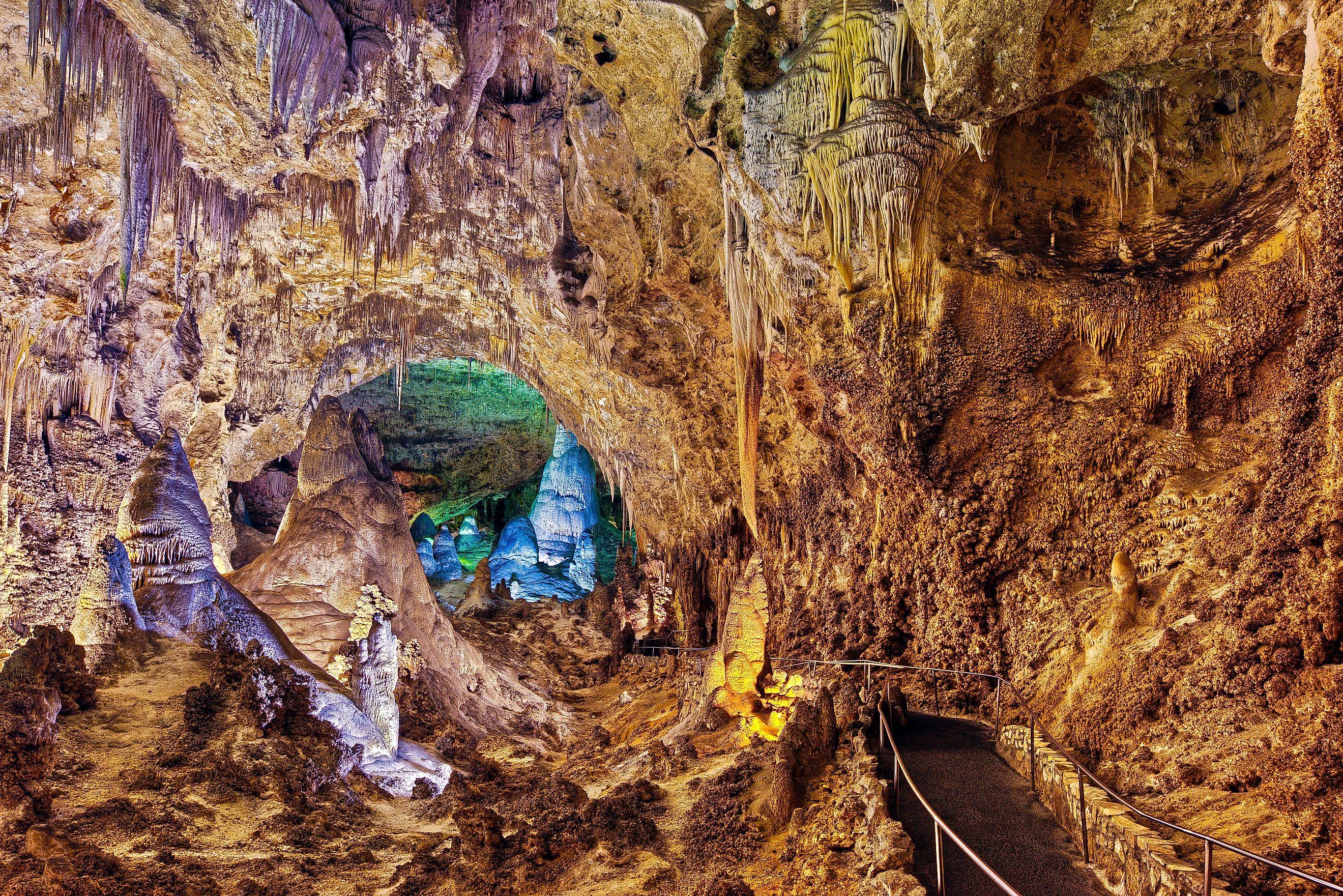
The Largest Cave Systems in The United States
Beneath the hills and plains of America lies a hidden world of ancient passageways, vast chambers, and geological marvels millions of years in the making. The United States is home to some of the planet’s most extensive cave systems, many still being mapped and explored today. These underground networks reveal how water, rock, and time work together to sculpt breathtaking subterranean landscapes.
From Kentucky’s sprawling Mammoth Cave to the mineral-lined corridors of Jewel Cave, each system tells a unique story written in stone. These seven immense cave systems rank among America’s greatest underground realms, where history, geology, and raw natural wonder converge beneath the surface.
Mammoth Cave System, Kentucky
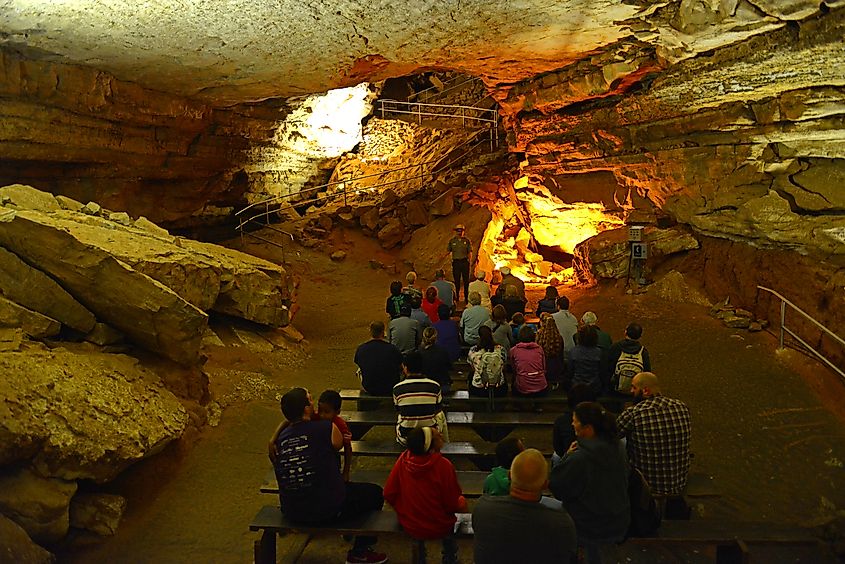
-
Location: Central Kentucky
-
Length: About 420 to 426 miles
-
Rock type: Limestone and dolomite, capped by sandstone and shale
-
Geologic age: Mississippian Period, roughly 330 to 360 million years old
The undisputed giant of the underground world, Mammoth Cave lives up to its name. Stretching more than 420 miles, it is the longest known cave system on Earth, a labyrinth of limestone that has been forming for millions of years.
Mammoth Cave formed within thick layers of Mississippian-age limestone, originally deposited in warm, shallow seas that once covered much of what is now the American Midwest. Over time, slightly acidic groundwater carved passageways through these soluble rocks, creating immense networks of tunnels, domes, and rivers underground.
A resistant cap of sandstone and shale protects much of the cave from erosion, preserving its multi-level structure. Fossilized marine organisms embedded in the limestone reveal the oceanic origins of this ancient landscape. Today, Mammoth Cave remains one of the most scientifically important and visually striking underground environments on Earth.
Jewel Cave, South Dakota

-
Location: Custer County, South Dakota
-
Length: About 220 miles
-
Rock type: Pahasapa Limestone with layers of dolomite and sandstone
-
Geologic age: Mississippian Period, around 345 to 360 million years old
Hidden beneath the Black Hills, Jewel Cave glitters with calcite crystals that sparkle like gemstones under light. It is the second-longest cave in the world, with more than 220 miles of mapped passageways.
Unlike caves carved by fast-flowing underground rivers, Jewel Cave formed slowly through the action of acidified groundwater that dissolved the surrounding rock. Over millions of years, mineral-rich water deposited calcite and gypsum, creating a landscape of shimmering draperies, flowstones, and delicate crystal formations.
The Pahasapa Limestone here once lay at the bottom of a warm sea, similar to that of Mammoth Cave’s origins. Later, uplift during the formation of the Black Hills exposed the rock to erosion, opening the way for cave formation.
Carlsbad Caverns, New Mexico
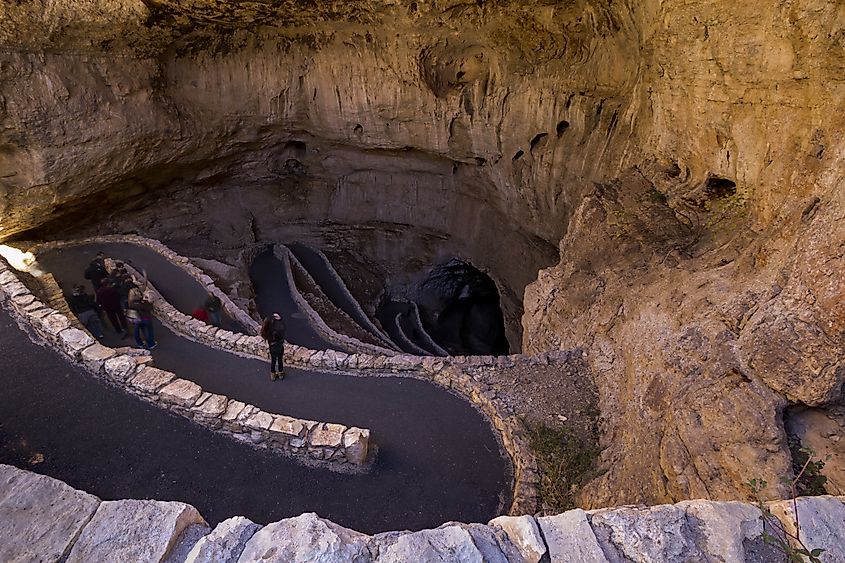
Switchback footpath winds into natural opening of Carlsbad Caverns.
-
Location: Guadalupe Mountains, southeastern New Mexico
-
Length: Over 30 miles of mapped passageways
-
Rock type: Permian limestone (Capitan Reef)
-
Geologic age: Rock about 250 million years old; cave formation around 4 to 6 million years ago
Carlsbad Caverns is one of the most iconic cave systems in the United States, renowned for its size, beauty, and remarkable mineral formations. The cave developed within the ancient Capitan Reef, a massive limestone deposit that once bordered a prehistoric sea. Like nearby Lechuguilla, Carlsbad formed through a process of sulfuric acid dissolution.
The Big Room, its most famous chamber, stretches nearly 4,000 feet long and 255 feet high, making it one of the largest underground rooms in the world. Stalactites, stalagmites, and draperies decorate its walls, creating a landscape that looks almost sculpted by hand.
Carlsbad Caverns also hosts a thriving bat population, and the nightly bat flights from its entrance remain one of the Southwest’s most unforgettable natural spectacles.
Wind Cave, South Dakota
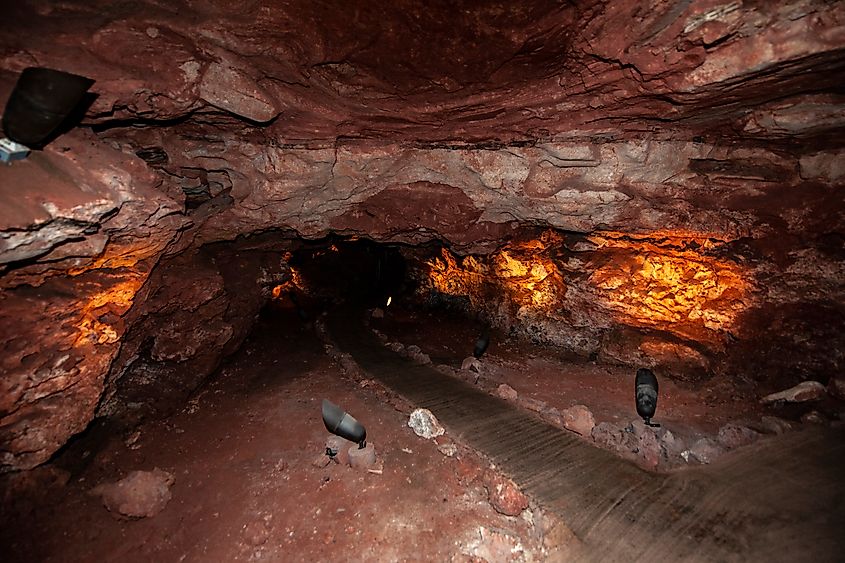
Wind Cave National Park, South Dakota.
-
Location: Hot Springs, South Dakota
-
Length: About 167 miles
-
Rock type: Limestone with gypsum and calcite deposits
-
Geologic age: Mississippian Period, roughly 350 million years old
Only about 30 miles from Jewel Cave lies Wind Cave, another marvel of the Black Hills. Wind Cave’s maze-like network is famous for its intricate “boxwork” formations or thin fins of calcite that form honeycomb-like patterns on the cave’s walls and ceilings. These formations are rare, found in very few places on Earth.
The cave’s dry upper sections and active lower levels offer insight into multiple phases of geologic history. As the region uplifted around 60 million years ago, fractures allowed acidic water to carve through the limestone, gradually creating the chambers seen today. With its unique mineral formations and complex hydrology, Wind Cave stands as both a scientific treasure and a testament to the slow artistry of nature.
Lechuguilla Cave, New Mexico

Lake Lebarge in Lechuguilla Cave in New Mexico, USA. Editorial credit: JYB Devot via Wikimedia Commons
-
Location: Carlsbad Caverns National Park, New Mexico
-
Length: About 150 miles (and still growing)
-
Rock type: Capitan Limestone
-
Geologic age: Permian Period, roughly 250 million years old
Found beneath the rugged Chihuahuan Desert, Lechuguilla Cave is one of the most spectacular discoveries in modern cave exploration. Once known only as a small pit, it was revealed in 1986 to contain miles of vast, pristine passageways.
Lechuguilla’s age and mineral composition make it especially significant. Formed by hydrogen sulfide gas rising from petroleum deposits deep underground, its passages are filled with gypsum, sulfur, and rare microbial colonies. These unique conditions provide clues about chemical cave formation and potential analogs for life on other planets.
Its extraordinary formations such as, delicate gypsum chandeliers, towering flowstones, and pools of crystalline water, make it one of the most visually and scientifically important caves on Earth.
Fisher Ridge Cave System, Kentucky
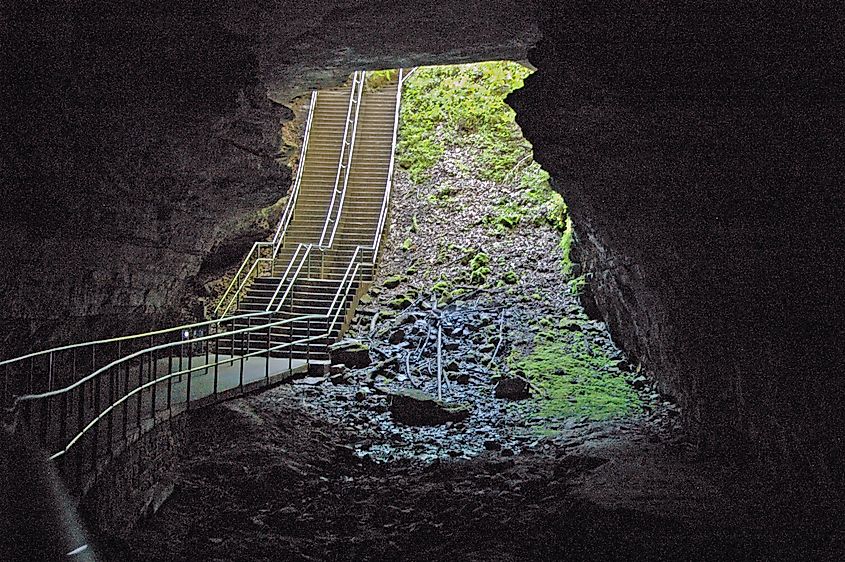
-
Location: Hart County, Kentucky
-
Length: About 130 miles
-
Rock type: Limestone and carbonate rock
-
Geologic age: Mississippian Period, around 330 million years old
Located just a few miles from Mammoth Cave, Fisher Ridge is another sprawling labyrinth beneath Kentucky’s rolling hills.
Fisher Ridge’s passages wind through ancient layers of limestone formed by marine sediments long before the age of dinosaurs. It includes both dry tunnels and active stream passages, showing multiple stages of cave development.
Explorers continue to survey new sections every year, and many believe that Fisher Ridge will one day connect to the Mammoth Cave system. Its proximity and similar geology make this possibility more than likely, which could further expand the world’s longest known cave network.
Friars Hole Cave System, West Virginia
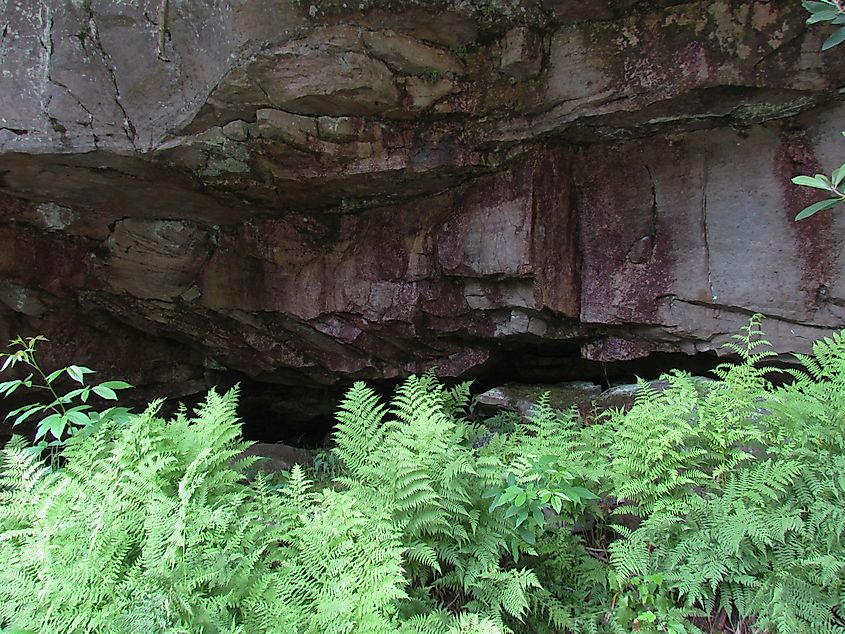
-
Location: Greenbrier County, West Virginia
-
Length: About 51 miles
-
Rock type: Mississippian-age limestone
-
Geologic age: Roughly 340 million years old
Deep beneath the Appalachian Mountains, the Friars Hole system stretches across the rolling hills of West Virginia. Its network of passages and sinkholes ranks it among the largest in the eastern United States.
Friars Hole lies within a region of extensive karst terrain, where soluble limestone has been shaped by water into ridges, sinkholes, and caves. Underground rivers continue to shape its passages, and several entrances connect to the surface, creating a maze of interconnected channels.
The cave’s stable conditions and minimal human disturbance have made it an important site for studying groundwater systems and cave biology in the Appalachian region.
The Science Beneath the Surface
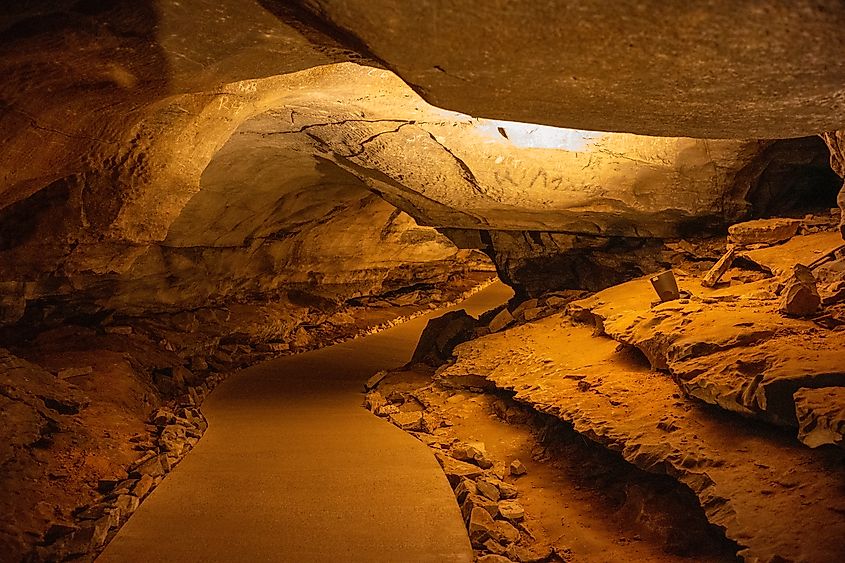
Caves act as natural laboratories. They preserve evidence of climate change, hold unique microbial life, and protect fragile ecosystems. Speleothems (the stalactites, stalagmites, and draperies formed by mineral-rich water) record thousands of years of rainfall data, offering scientists a natural archive of Earth’s environmental history. By analyzing their growth layers, researchers can trace ancient droughts, floods, and atmospheric shifts that shaped regional climates.
Many caves, including Mammoth and Lechuguilla, contain extremophile microbes that thrive without sunlight, relying on minerals and chemical reactions instead of photosynthesis. These organisms have inspired breakthroughs in medicine, biotechnology, and astrobiology, providing clues to how life might adapt on other worlds such as Mars or the icy moons of Jupiter. Together, these underground environments expand scientific understanding not only of Earth’s past, but also of life’s remarkable resilience across the universe.
Quick Facts
| Cave System | State | Length (Miles) | Rock Type | Age of Rock | Notable Feature |
|---|---|---|---|---|---|
| Mammoth Cave | Kentucky | ~420–426 | Limestone, dolomite, sandstone cap | Mississippian (330–360 mya) | World’s longest cave system |
| Jewel Cave | South Dakota | ~220 | Limestone, dolomite, sandstone | Mississippian (345–360 mya) | Crystal-lined walls, massive chambers |
| Wind Cave | South Dakota | ~167 | Limestone with gypsum and calcite | Mississippian (~350 mya) | Extensive boxwork formations |
| Fisher Ridge | Kentucky | ~130 | Limestone and carbonate | Mississippian (~330 mya) | Complex multi-level passages |
| Lechuguilla Cave | New Mexico | ~150 | Capitan Limestone | Permian (~250 mya) | Sulfuric acid formation, gypsum crystals |
| Friars Hole | West Virginia | ~51 | Limestone | Mississippian (~340 mya) | Large karst system in Appalachia |
| Carlsbad Caverns | New Mexico | ~30 | Permian limestone |
Middle Permian, Miocene-Pliocene |
Still growing |

